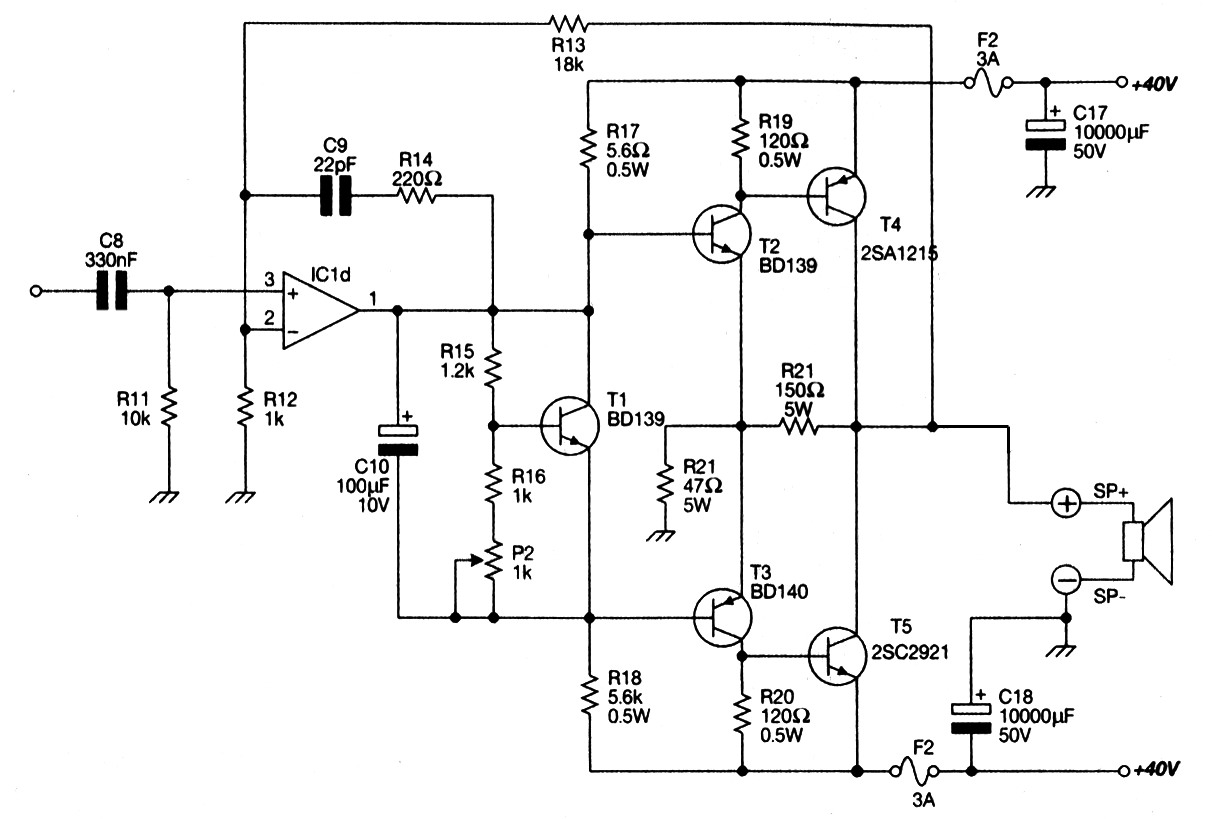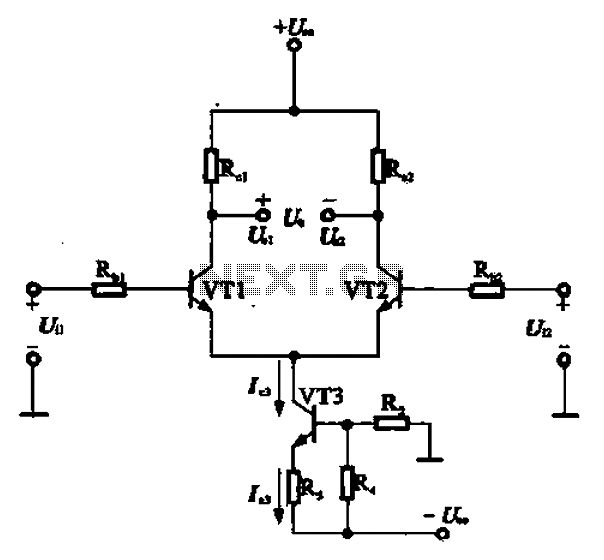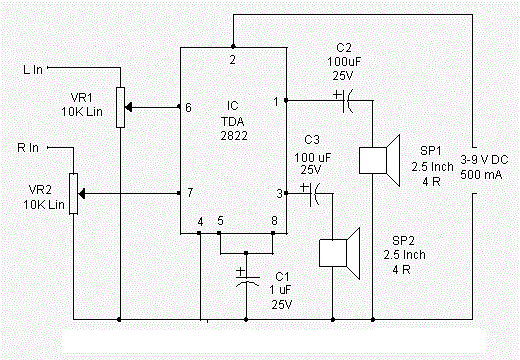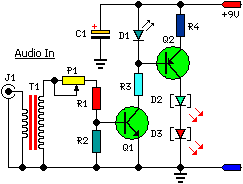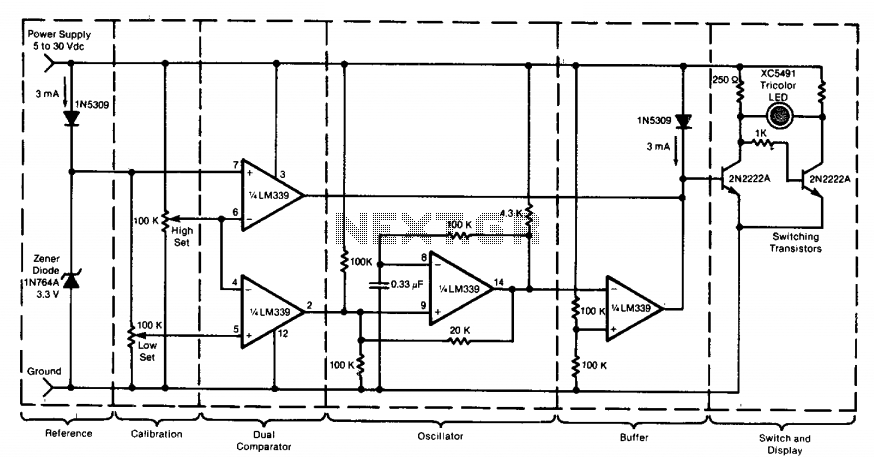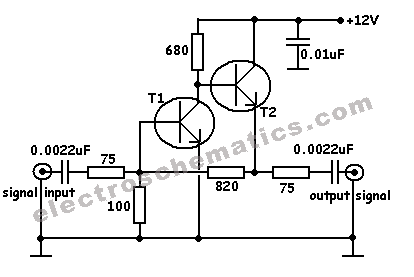
push-pull 300B power amplifier
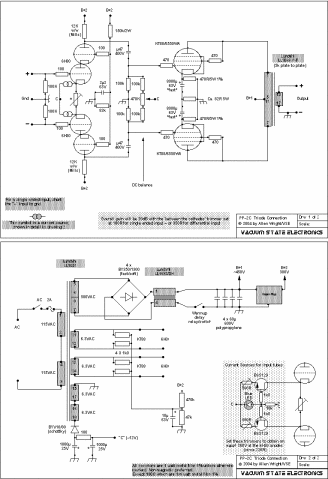
Most devices used in amplifier output stages exhibit significant non-linearity, with transistors (both bipolar and FET) being particularly problematic. These components are almost always employed within a global feedback loop to mitigate their non-linear characteristics. Similarly, tetrode and pentode valves also demonstrate considerable non-linear gain in relation to voltage and current, necessitating the use of negative feedback, as seen with the EL84s in certain amplifiers. Consequently, triode valves, especially directly-heated triodes like the 300B, 211, and 845, are often preferred as output devices. A notable implication of feedback-free amplifiers is that their output impedance may reach several ohms. To prevent the frequency response from being adversely influenced by the varying impedance of loudspeakers, precise matching of power valves, output transformers, and speakers is essential. Despite these drawbacks, several amplifiers that do not employ global negative feedback tend to provide a natural and direct sound, along with a convincing representation of instrumental timbre, aligning with the observations of others in the field. Martin Colloms and Kevin Kennedy have shared insightful perspectives on negative feedback. Additionally, since the preamplifier and crossover do not utilize global feedback, it was logical to seek a power amplifier that complements this design. The desired output power was set at 20-30W with a gain of 20-26dB, as the Croft parallel EL84 amplifiers align well with the overall system, particularly with 90dB/1m/1W speakers. This specification ruled out single-ended designs.
Amplifier output stages often rely on components that inherently exhibit non-linear characteristics. Transistors, both bipolar junction transistors (BJTs) and field-effect transistors (FETs), are frequently used in these stages, necessitating the implementation of global feedback loops to mitigate their non-linear behavior. This approach helps to stabilize the gain and improve linearity across the operating range of the amplifier.
In addition to transistors, vacuum tubes such as tetrodes and pentodes also present significant non-linearity in their gain response to voltage and current variations. This characteristic further reinforces the necessity of negative feedback in amplifiers utilizing these types of valves, as exemplified by the EL84 tubes commonly found in various audio amplifiers.
An alternative to these non-linear devices is the use of triode valves, which are known for their more linear characteristics. Directly-heated triodes, such as the 300B, 211, and 845, are particularly favored for their ability to deliver a more natural sound reproduction. However, feedback-free amplifiers that utilize these triodes may present challenges regarding output impedance. The output impedance can be several ohms, which can adversely affect the frequency response if not carefully matched with the loudspeakers.
To achieve optimal performance in feedback-free amplifier designs, it is crucial to ensure that the power valves, output transformers, and loudspeakers are appropriately matched. This meticulous matching process helps maintain a consistent frequency response and prevents variations in loudspeaker impedance from negatively impacting the amplifier's performance.
Despite the potential disadvantages of feedback-free designs, many listeners report that amplifiers without global negative feedback exhibit a naturalness and directness in sound that is often more appealing. This has been corroborated by various audio experts, including Martin Colloms and Kevin Kennedy, who have provided valuable insights into the implications of negative feedback in amplifier design.
In systems where the preamplifier and crossover do not utilize global feedback, it is logical to seek a power amplifier that aligns with this philosophy. For instance, a target output power of 20-30W with a gain of 20-26dB can effectively complement the performance of parallel EL84 amplifiers, particularly when paired with loudspeakers rated at 90dB/1m/1W. This careful selection process ultimately enhances the overall sound quality and coherence of the audio system.Most of the devices used in amplifier output stages are intrinsically seriously non-linear; the worst of all are transistors (both bipolar and FET) which are almost always used inside a global feedback loop for this very reason. Even tetrode and pentode valves have pretty non-linear gain with voltage and current, which is the reason that they are again normally
used with negative feedback, and this is the case with the EL84s in my Croft. The natural choice, therefore, is triode valves, and in particular directly-heated triodes such as the 300B, 211 and 845, for the output devices. A potentially significant consequence of feedback-free amplifiers is that the output impedance can be several ohms so, to avoid the frequency response being unduly affected by the varying impedance of the loudspeakers, careful matching of the power valves, output transformers and speakers is vital.
Despite these potential disadvantages, the few amplifiers I have heard that have not used global negative feedback have had a naturalness and directness to their sound, as well as a very convincing representation of instrumental timbre, and my experience seems to agree with the consensus of others "out there". Martin Colloms has some interesting things to say about negative feedback, as does Kevin Kennedy. Besides, my preamp and crossover use no global feedback, so it made sense to find a power amplifier to match.
I wanted an output power of 20-30W and a gain of 20-26dB, as I knew that my Croft parallel EL84 amps fit in well with my system, particularly with my 90dB/1m/1W speakers. This ruled out single-ended 🔗 External reference
Amplifier output stages often rely on components that inherently exhibit non-linear characteristics. Transistors, both bipolar junction transistors (BJTs) and field-effect transistors (FETs), are frequently used in these stages, necessitating the implementation of global feedback loops to mitigate their non-linear behavior. This approach helps to stabilize the gain and improve linearity across the operating range of the amplifier.
In addition to transistors, vacuum tubes such as tetrodes and pentodes also present significant non-linearity in their gain response to voltage and current variations. This characteristic further reinforces the necessity of negative feedback in amplifiers utilizing these types of valves, as exemplified by the EL84 tubes commonly found in various audio amplifiers.
An alternative to these non-linear devices is the use of triode valves, which are known for their more linear characteristics. Directly-heated triodes, such as the 300B, 211, and 845, are particularly favored for their ability to deliver a more natural sound reproduction. However, feedback-free amplifiers that utilize these triodes may present challenges regarding output impedance. The output impedance can be several ohms, which can adversely affect the frequency response if not carefully matched with the loudspeakers.
To achieve optimal performance in feedback-free amplifier designs, it is crucial to ensure that the power valves, output transformers, and loudspeakers are appropriately matched. This meticulous matching process helps maintain a consistent frequency response and prevents variations in loudspeaker impedance from negatively impacting the amplifier's performance.
Despite the potential disadvantages of feedback-free designs, many listeners report that amplifiers without global negative feedback exhibit a naturalness and directness in sound that is often more appealing. This has been corroborated by various audio experts, including Martin Colloms and Kevin Kennedy, who have provided valuable insights into the implications of negative feedback in amplifier design.
In systems where the preamplifier and crossover do not utilize global feedback, it is logical to seek a power amplifier that aligns with this philosophy. For instance, a target output power of 20-30W with a gain of 20-26dB can effectively complement the performance of parallel EL84 amplifiers, particularly when paired with loudspeakers rated at 90dB/1m/1W. This careful selection process ultimately enhances the overall sound quality and coherence of the audio system.Most of the devices used in amplifier output stages are intrinsically seriously non-linear; the worst of all are transistors (both bipolar and FET) which are almost always used inside a global feedback loop for this very reason. Even tetrode and pentode valves have pretty non-linear gain with voltage and current, which is the reason that they are again normally
used with negative feedback, and this is the case with the EL84s in my Croft. The natural choice, therefore, is triode valves, and in particular directly-heated triodes such as the 300B, 211 and 845, for the output devices. A potentially significant consequence of feedback-free amplifiers is that the output impedance can be several ohms so, to avoid the frequency response being unduly affected by the varying impedance of the loudspeakers, careful matching of the power valves, output transformers and speakers is vital.
Despite these potential disadvantages, the few amplifiers I have heard that have not used global negative feedback have had a naturalness and directness to their sound, as well as a very convincing representation of instrumental timbre, and my experience seems to agree with the consensus of others "out there". Martin Colloms has some interesting things to say about negative feedback, as does Kevin Kennedy. Besides, my preamp and crossover use no global feedback, so it made sense to find a power amplifier to match.
I wanted an output power of 20-30W and a gain of 20-26dB, as I knew that my Croft parallel EL84 amps fit in well with my system, particularly with my 90dB/1m/1W speakers. This ruled out single-ended 🔗 External reference
Warning: include(partials/cookie-banner.php): Failed to open stream: Permission denied in /var/www/html/nextgr/view-circuit.php on line 713
Warning: include(): Failed opening 'partials/cookie-banner.php' for inclusion (include_path='.:/usr/share/php') in /var/www/html/nextgr/view-circuit.php on line 713
